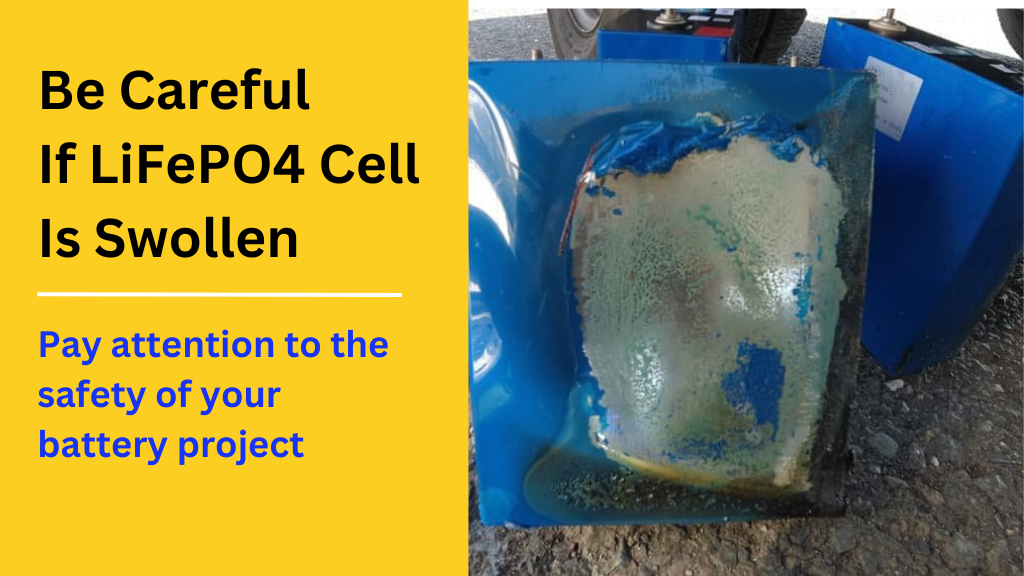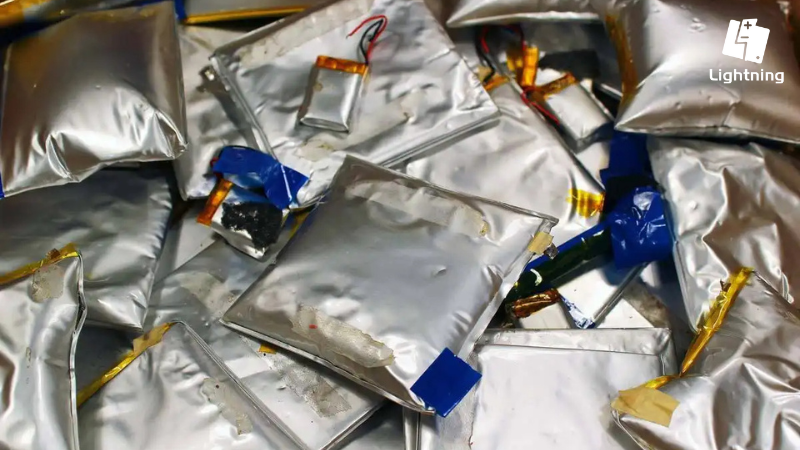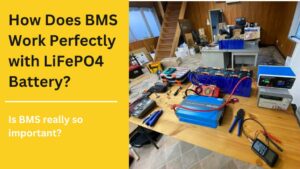EU Stock EnjoyCool Link is On Sale with $400 off!

Attention!Be Careful If Your LiFePO4 Cell Is Swollen!
Have you noticed your LiFePO4 battery cell becoming bulging or swollen recently? Battery cell swelling is a common issue that many DIYers and users of LiFePO4 batteries may come across. In this article, we will analyze the main reasons for cell swelling, the impacts it causes, and precautions to take.
Why do LiFePO4 Cells swell?
There are several main reasons a LiFePO4 cell may swell over time:
Overcharging: Overcharging the cell can cause excessive lithium ions to deposit inside, increasing pressure and leading to swelling.
Manufacturing quality: Poor packaging during manufacturing can allow air/moisture inside, degrading the electrolyte and causing gases to form.
Ageing and long storage: As a cell ages naturally over charging/discharging cycles, or is left unused for long periods, internal pressures can build up inside over time.
High temperatures: Heat causes electrolyte evaporation and gas build-up inside the cell. Cells left in hot environments like direct sunlight are more prone to swelling.
What is the impact of expanding the battery cell?
A swollen LiFePO4 cell should not be used anymore as it poses risks:
Performance degradation: Swelling decreases available internal space, affecting battery capacity and lifespan.
Explosion risk: Extreme swelling can cause casing rupture or explosion due to high inner pressures, posing a safety hazard.
Device damage: Swollen cells force apart and damage the devices they are installed in over time.
Should you continue using a swollen cell?
The answer is NO. Swollen cells should be immediately removed from any device and not charged or used further. Continued use increases swelling and explosion risks. When the battery cell becomes swollen, it needs to be safely disposed of – do not puncture or dispose of together with ordinary waste.

Precautions for using LFP cells
Charging
Do not exceed the recommended charging time, usually around 8 hours for most LiFePO4 cells. Longer charging can cause overheating and swelling.
Stop charging immediately if the cell temperature rises significantly during charging. This indicates an issue that requires inspection or repair.
Carefully monitor the charging process. Charging that is not terminated properly can overcharge cells.
Charging Frequency
LiFePO4 cells have no memory effect so can be charged anytime. However, frequent full charges are not recommended to maximize cycle life. Only fully charge when the cell voltage indicates it is needed for the application’s power needs.
Environmental
Store and use cells within their specified temperature ranges of 0-45°C for charging and -20-60°C for discharging. High temperatures accelerate chemical reactions and can cause overheating, while low temps reduce available power.
Keep cells clean, dry and protected from physical damage or exposure to corrosive materials.
Storage
For prolonged storage, charge LiFePO4 cells to 40-50% capacity to minimize capacity loss effects from full charging.
Fully recharge before use if cells have been stored for 6+ months. Continually monitor voltage during storage.
Last but most important- Choose reliable and trustworthy LFP battery cell suppliers before buying.
We hope this simplified article helps LFP beginners understand the causes and risks of cell swelling. Do let me know if you have any other questions! Safety should always be the top priority when working with LFP batteries.



